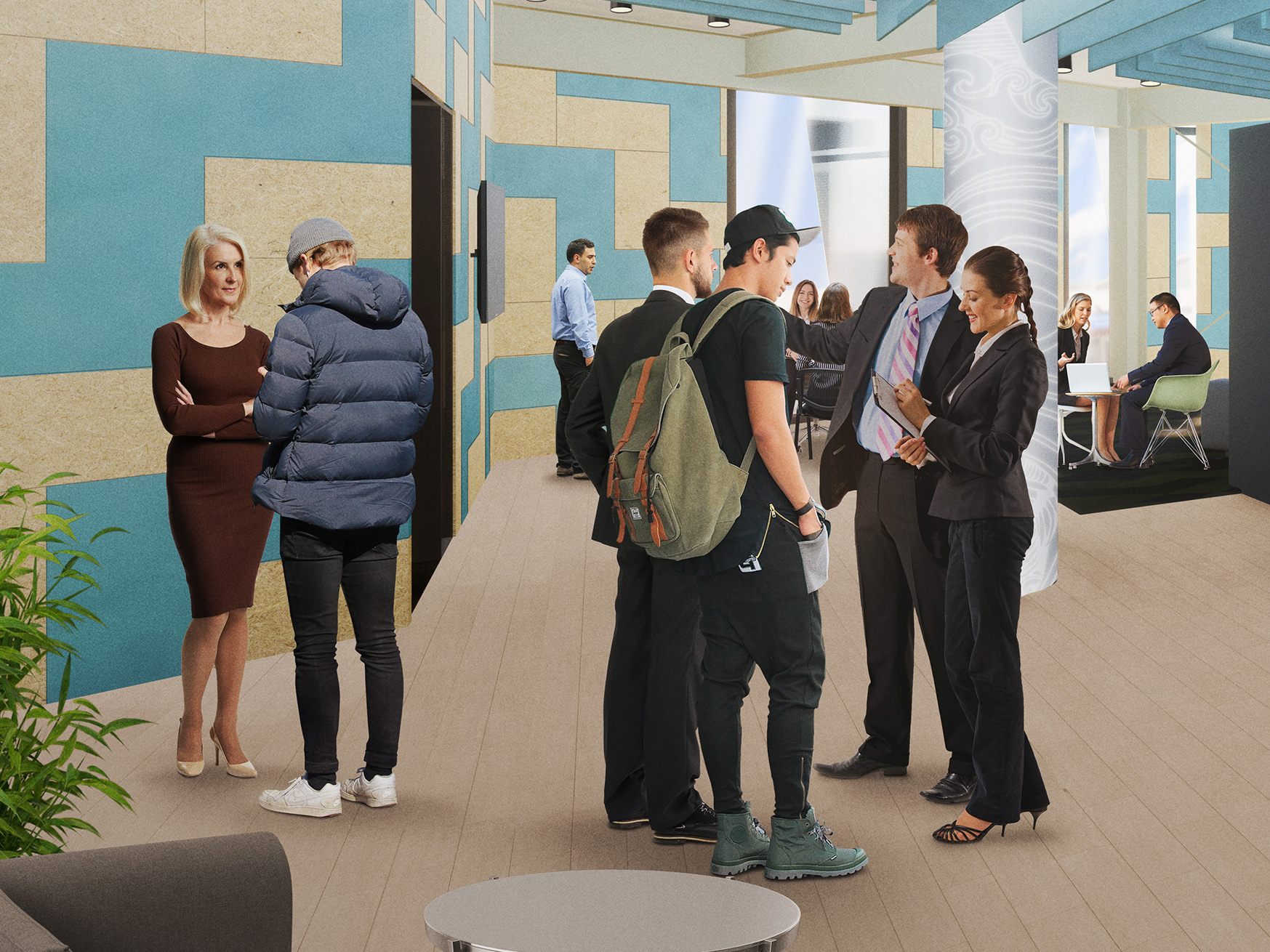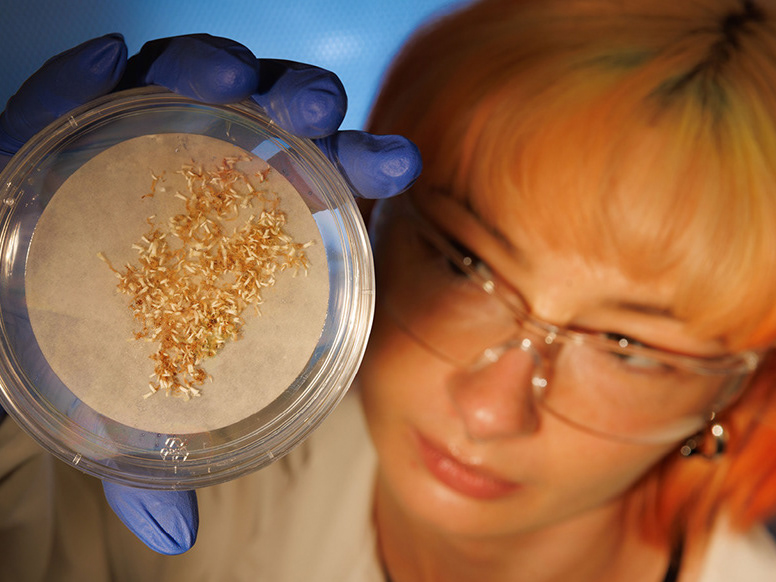From understanding shadow and light , to having an eye for composition that is balanced and ensures the subject is engaging with the target market as much it is technically 'correct'.
-------------------------------------------
A rare beetle collection gifted to a research institute had some specimens looking a little worse for wear. This little beetle (approx. 6mm long) was missing antennae, legs were akimbo and the carapace colour had faded over many years. It was too fragile to try and re-position the legs so I photographed it as-is, pinned to its board. Once I completed the focus stacking of the 30+ individual shots to make an image that was sharply in focus front-to-back the artistic retouching could begin:
The legs are made more symmetrical, but not perfect as that would look artificially too perfect. A second antennae is made - similarly not an exact mirror image of its partner. Carapace colour is brightened, utilising reference shots of live beetles to ensure it's not unrealistically bright.
A strong cast shadow is manually airbrushed in - giving a powerful graphic appeal to the image. Use of a bright background colour makes the image striking when seen in any context. It ended up being used on the institute's magazine cover along with a purple background version. (Orange and purple are in the client's brand colour palette).
-------------------------------------------
The worst thing about the original image is not the edge of the enclosure but the excited kid in the background. Sorry buddy, you've got to go. Simplifying this composition takes the equivalent of a snapshot to being a hero brand image.
-------------------------------------------
A magazine article needed a relavant image for a scientific project that only existed in planning and an approved funding application. i.e. there were zero assets to work with. Being a first in the world venture, there were no stock shots that could be used either.
The solution I proposed was to photograph a couple of the scientists then retouch the scene. The lab bench is created with generative AI imaging, the document they're looking at is dummied up in InDesign page layout software. Then it's all composited together - making sure lighting, tonal values and shadows are consistent across all the elements.
-------------------------------------------
An oldie but a goodie. And it's not just the 70's era Chrysler Valiant station wagon I'm talking about.
This is a retouching job for an ad agency campaign many years ago - but it's still worth including in my portfolio because of what it shows. AI image generation didn't exist - so tasks like cleaning up the sand and extending the background were done manually with photoshop tools. Sure - now I'd utilise current software and AI platforms for some of it and get it done quicker - but understanding technical correctness and aesthetic appeal don't change.
Smaller details that rely on the artist, not what AI could do, are the evening out of the car's colour and brightening it, and adding the subtle people in the distance between the car and the surfboards - giving a liitle more depth to the scene and tying everything together.
-------------------------------------------
Another older agency retouching job - AI definitely couldn't have done the heavy lifting on this brief.
In reality, you'd never see a twilight sky with stars, or the caravan lights so bright given the scene's exposure. There is a lot at play to maximise the brightness of all the different elements into an appealing image that doesn't immediately look artificial.
Pro photographers and retouchers will pick up the impossible lighting - but they're not the target market for a department store's campaign images.

